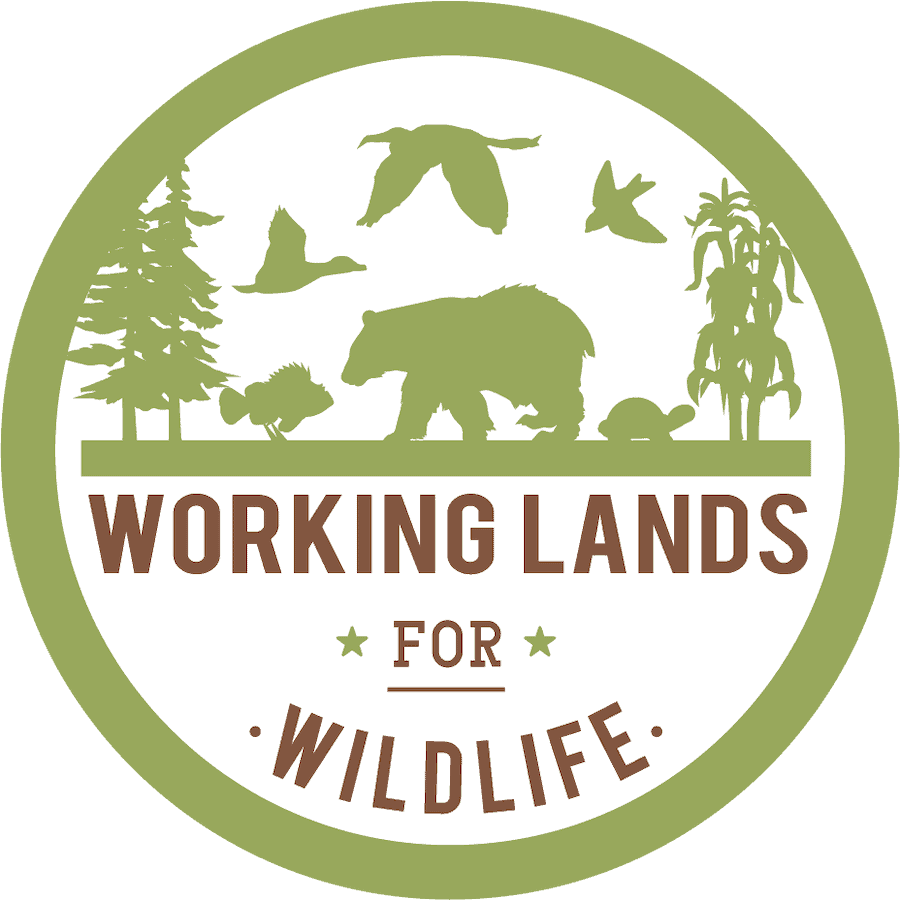-
 DOI Nature-based Solutions Roadmap
DOI Nature-based Solutions Roadmap
-
The purpose of the Department of the Interior Nature Based Solutions Roadmap is to provide Department of the Interior (DOI) staff with consistent and credible information about nature-based solutions, such as which strategies match certain conditions and goals, what co-benefits they are likely to provide, example projects, and additional resources for project planning, construction, and monitoring.
Located in
Learning & Tech Transfer
/
General Resources and Publications
/
Inbox
-
Podcast: Native Warm Season Grass Episode 8 – Dr. Pat Keyser
-
Dr. Pat Keyser, Director of the Center for Native Grasslands Management shares his 40+ year knowledge about establishing native warm-season forages.
Located in
Training Resources
-
Podcast: Native Warm Season Grass Episode 7 – Steve Clubine
-
Steve Clubine, producer from West-central Missouri and retired grassland biologist discusses starting out with a grazing system and animal performance.
Located in
Training Resources
-
 Working Lands for Wildlife: Northern Bobwhite, Grasslands and Savannas Framework for Conservation Action
Working Lands for Wildlife: Northern Bobwhite, Grasslands and Savannas Framework for Conservation Action
-
Working Lands for Wildlife: Northern Bobwhite, Grasslands and Savannas Framework for Conservation Action is a 2022 publication by NRCS capturing a long-term, large landscape conservation plan to recover central and eastern grasslands for northern bobwhite and other wildlife species. To support the win-win approach of WLFW, this framework also includes anticipated outcomes for risk management and revenue enhancements for agricultural/forestry operations, as well as measured outcomes for greenhouse gas (GHG) mitigation.
Located in
Resources
/
Northern Bobwhite, Grasslands, and Savannas (2022) Framework for Conservation Action
-
 WLFW Northern bobwhite, Grasslands, and Savannas Framework - Partners’ webinar 3/2/2022
WLFW Northern bobwhite, Grasslands, and Savannas Framework - Partners’ webinar 3/2/2022
-
On March 2, 2022 Bridgett Costanzo of NRCS's Working Lands for Wildlife and Jessica McGuire of QF presented on the WLFW framework for NOBO, grasslands and savannas. Ms. Costanzo presented on the content of the new framework document, the priority areas and conservation practice goals set by the 24 NRCS state offices, and responses received from the needs assessment survey. Ms. McGuire presented on staffing and monitoring plans associated with launching this framework.
Located in
Training Resources
/
Webinars and Instructional Videos
-
 Map of Row Crops Produced in NOBO Range
Map of Row Crops Produced in NOBO Range
-
Row crop production within WLFW Northern bobwhite, Grasslands, and Savannas framework boundaries.
Located in
Information
/
Maps and Spatial Data
-
 State Priority Areas for WLFW NOBO, Grasslands, and Savannas
State Priority Areas for WLFW NOBO, Grasslands, and Savannas
-
Beyond the national boundaries that each NRCS state offices selected, some chose to also identify priority areas that will be used in project ranking. (priority area shapefiles not uploaded yet!)
Located in
Information
/
…
/
Boundaries & Priority Area Shapefiles
/
National
-
 National Project Boundaries for WLFW-NOBO, Grasslands, and Savannas
National Project Boundaries for WLFW-NOBO, Grasslands, and Savannas
-
Attached shapefiles combine all of the state input to create one cohesive, national map for the framework. Some states also identified priority areas within these boundaries, and those are posted in this same folder.
Located in
Information
/
…
/
Boundaries & Priority Area Shapefiles
/
National
-
 WLFW Northern bobwhite, Grasslands, and Savannas National Map
WLFW Northern bobwhite, Grasslands, and Savannas National Map
-
Attached pdf of the national boundary for the new framework for conservation action (2022). Shapefiles available under "Boundaries and Priority Areas"
Located in
Information
/
Maps and Spatial Data
-
 Grazing Management Minute: Establishing Native Warm Season Grasses
Grazing Management Minute: Establishing Native Warm Season Grasses
-
In ODA's latest Grazing Management Minute, join Quail Forever's Jason Jones and Clinton County farmer Nathan Rice to learn more about establishing native warm season grasses.
Located in
Training Resources
/
Webinars and Instructional Videos























